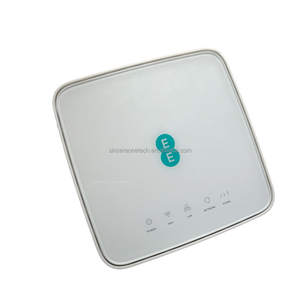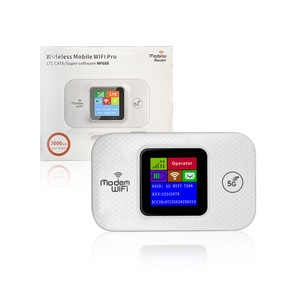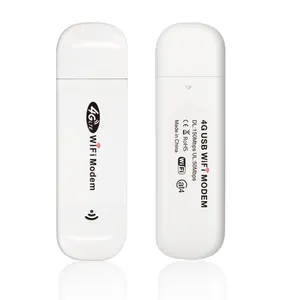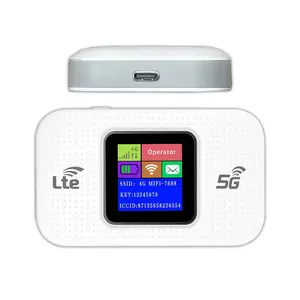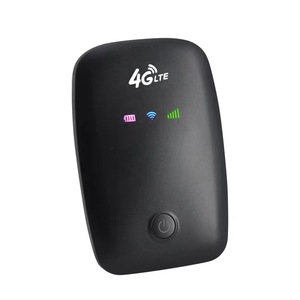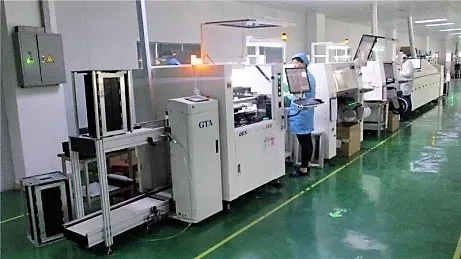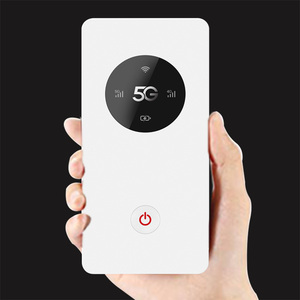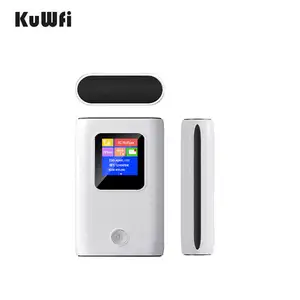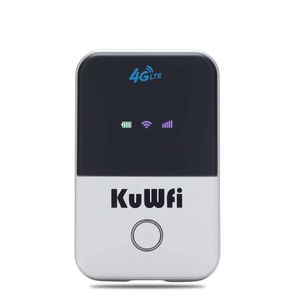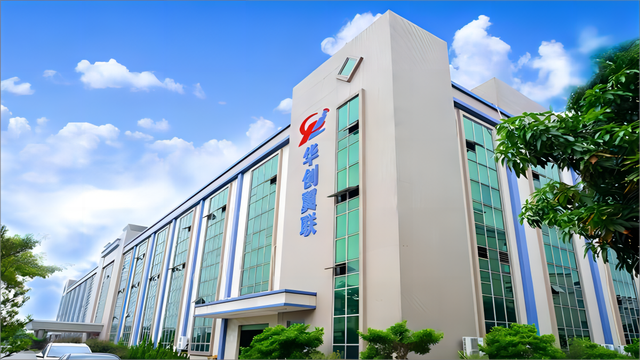Hotspot Device Producer





 1/2
1/2





 1/3
1/3





 1/3
1/3

 CN
CN












 1/58
1/58





 1/15
1/15





 1/3
1/3



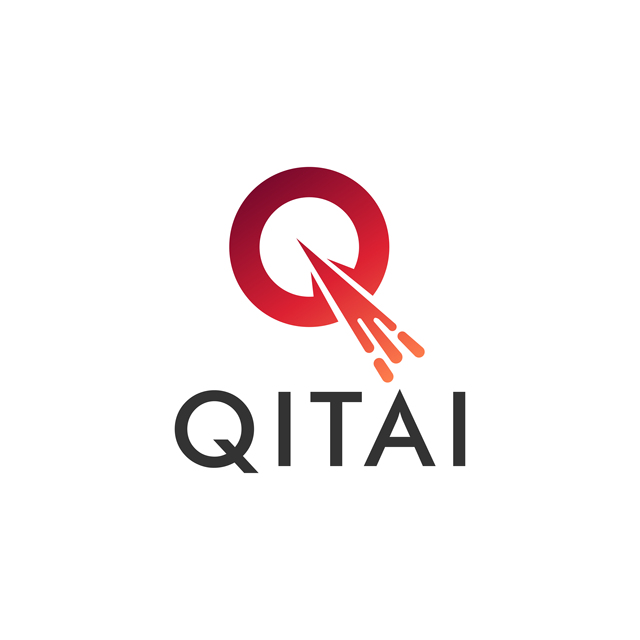

 1/3
1/3




 1/3
1/3












 1/3
1/3






 1/34
1/34








 1/16
1/16





 1/3
1/3





 1/3
1/3



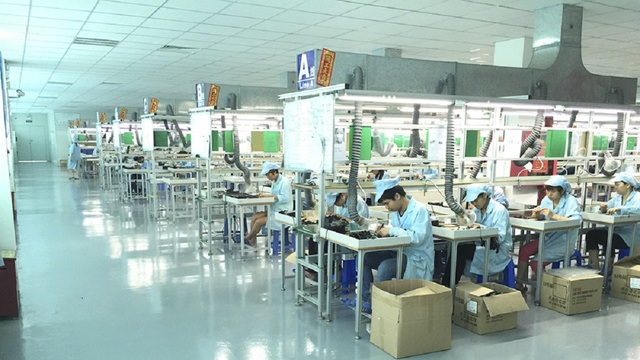

 1/3
1/3





 1/3
1/3





 1/3
1/3








About hotspot device producer
Where to Find Hotspot Device Producers?
China remains the central hub for hotspot device manufacturing, with key production clusters concentrated in Shenzhen and Huizhou within Guangdong Province. These regions host vertically integrated supply chains encompassing PCB assembly, RF module integration, and wireless certification testing, enabling rapid prototyping and scalable production. Shenzhen-based suppliers leverage proximity to component markets like Huaqiangbei, reducing procurement lead times by 20–30% compared to external sourcing hubs.
The ecosystem supports both high-volume OEM/ODM operations and low-volume customized builds, with many factories operating dual SMT and manual assembly lines to accommodate variable order sizes. Average monthly output across major producers ranges from 50,000 to over 200,000 units, depending on model complexity and certification requirements. Key advantages include access to LTE/5G chipset suppliers (e.g., Qualcomm, MediaTek), in-house antenna tuning chambers, and streamlined compliance pathways for FCC, CE, and RoHS standards.
How to Choose Hotspot Device Producers?
Evaluate potential partners using the following technical and operational criteria:
Technical Compliance & Certification
Verify adherence to international regulatory standards including FCC Part 15, CE RED, and RoHS. For global deployments, confirm carrier compatibility across LTE bands (B1-B28) and 5G NR support where applicable. Request test reports for SAR, RF exposure, and EMC performance. ISO 9001 certification should be considered a baseline for quality management systems.
Production Capability Assessment
Assess infrastructure maturity through the following indicators:
- Facility size supporting dedicated R&D and pilot production zones
- In-house capabilities in firmware development, RF testing, and thermal validation
- Support for multi-band configurations, SIM/eSIM variants, and Wi-Fi 6 integration
Cross-reference claimed output capacity with verified online revenue metrics and reorder rates to assess scalability and customer retention.
Customization & Transaction Security
Prioritize suppliers offering documented customization options including color, material, branding, packaging, and chipset selection. Confirm support for ODM design handover, including schematic review and prototype validation timelines. Utilize secure transaction mechanisms such as escrow services and milestone-based payments. Conduct pre-shipment inspections via third-party auditors to verify product conformity against specifications.
What Are the Leading Hotspot Device Producers?
| Company Name | Location | Main Products (Listings) | Online Revenue | On-Time Delivery | Avg. Response | Reorder Rate | Min. Order Quantity | Price Range (USD) |
|---|---|---|---|---|---|---|---|---|
| Shenzhen Sincere One Technology Co, Ltd. | Shenzhen, CN | Routers (453), Modems (139) | US $90,000+ | 100% | ≤6h | 33% | 2 pcs | $15–339 |
| Shenzhen Qitai Technology Co., Ltd. | Shenzhen, CN | Routers (690), Repeaters (118) | US $20,000+ | 100% | ≤2h | 16% | 20 pcs | $8–9.30 |
| Shenzhen Lonten Technology Co., Limited | Shenzhen, CN | Other Electronic Components (2714) | US $150,000+ | 91% | ≤6h | 20% | 1 pc | $29–163 |
| Huizhou Chuangjing Technology Co., Ltd. | Huizhou, CN | ODM/OEM Routers, 4G Modules | US $410,000+ | 100% | ≤8h | 75% | 500–1000 pcs | $11.50–53 |
| Shenzhen Sworix Technology Co., Ltd. | Shenzhen, CN | Wi-Fi 6, 4G Mifi, Routers | US $30,000+ | 97% | ≤1h | <15% | 1–100 pcs | $11.99–18.59 |
Performance Analysis
Huizhou Chuangjing stands out with the highest reorder rate (75%) and extensive ODM/OEM customization capabilities, indicating strong client satisfaction in bulk production environments. Despite higher MOQs (500–1000 pieces), its pricing competitiveness ($11.50/unit) and full-stack design support make it ideal for large-scale deployments. Shenzhen Sincere One offers flexibility with low MOQs (2 pieces) and premium-tier devices up to $339, catering to niche or high-performance applications. Shenzhen Sworix leads in responsiveness (≤1h) and supports Wi-Fi 6 integration, though its lower reorder rate suggests room for improvement in post-sale reliability. Lonten Technology specializes in MMDVM radio-hotspots, serving specialized industrial and amateur radio markets with single-unit availability. Qitai Technology provides entry-level 4G hotspots at ultra-low prices ($8/unit), suitable for budget-conscious buyers prioritizing volume over advanced features.
FAQs
How to verify hotspot device producer reliability?
Cross-check self-reported certifications with official databases. Request factory audit reports or video tours confirming SMT lines, RF anechoic chambers, and quality control stations. Analyze transaction history, focusing on consistent on-time delivery (>95%) and response efficiency (≤24h average).
What is the typical sampling timeline?
Standard samples are typically produced within 7–14 days. Customized units with unique firmware, band configurations, or enclosures may require 15–25 days. Air shipping adds 5–10 days for international delivery.
Can hotspot device producers ship globally?
Yes, most established manufacturers support FOB, CIF, and DDP shipping terms. Confirm export licensing status and compliance with destination-country telecom regulations (e.g., FCC in the U.S., ISED in Canada, TELEC in Japan).
Do manufacturers offer free samples?
Free samples are rare; most suppliers charge full or partial cost for initial units. Sample fees may be waived upon confirmation of bulk orders, typically exceeding 500 units.
How to initiate customization requests?
Submit detailed specifications including supported frequency bands, battery capacity, antenna type, enclosure material, logo placement, and software requirements. Reputable producers will respond with feasibility assessments, BOM breakdowns, and prototype timelines within 48–72 hours.






